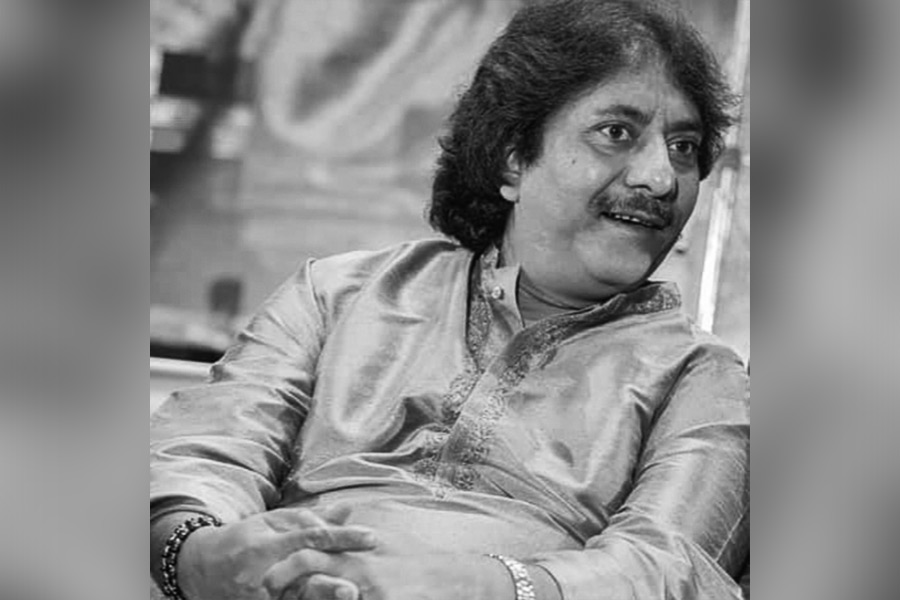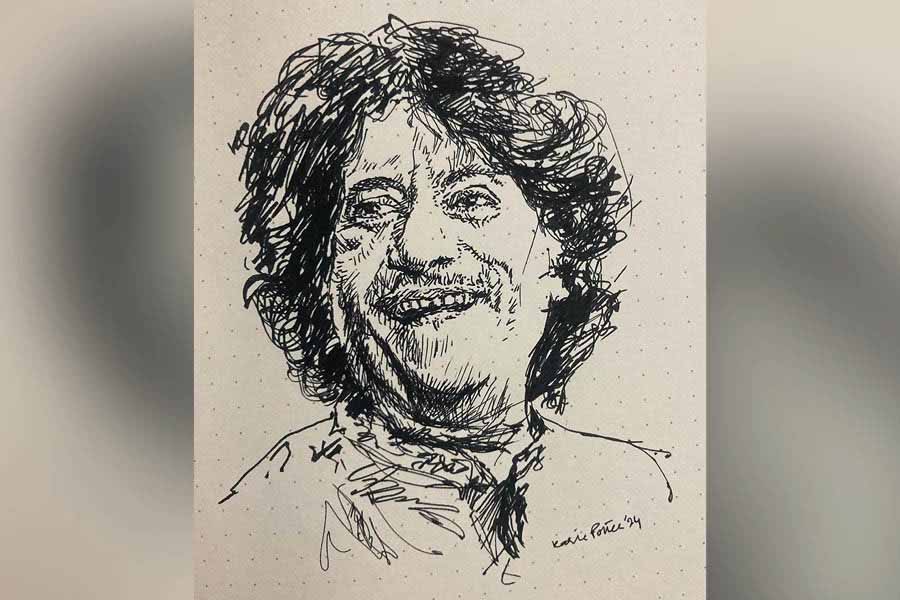Rashid Khan’s uniqueness lies in the remarkable ability to simplify classical music and make it accessible to a broader audience. In classical music, which employs the same seven notes, conveying intricate melodies and emotions can be challenging. However, through his renditions, Khan had that rare talent for connecting with common people, transcending barriers and caressing the hearts and souls of diverse audiences.
His approach to classical songs made the complexity of the genre more approachable and relatable. This distinctive quality contributed to his widespread appeal, as he made the nuances of classical music resonate with a larger and more diverse audience.
Khan’s music left a lasting impact on people’s senses, with his voice having the remarkable ability to stir the deepest emotions and often bringing tears to their eyes. One particularly memorable experience was hearing the song Yaad Piya ki Aaye, originally sung by Bade Ghulam Ali Khan, which became a favourite at Rashid Khan’s concerts. Despite being known for classical tunes, he was versatile, incorporating popular Bollywood songs like Aoge Jab Tum O Saajna into his performances. He even immortalised his voice with this widely popular song from the film Jab We Met (2007), which remains a staple on radio hit lists.
Renowned for his innovative approach, Khan seamlessly blended Hindustani vocals with genres like Sufi, engaging in collaborations with Western instrumentalist icon Louis Banks. Notably, he also participated in ‘jugalbandis,’ with other accomplished artistes. One of his notable ventures is his Rabindrasangeet album titled Baithaki Rabi.
Vinay Mishra, who had the privilege of performing with Khan, beautifully highlighted his extraordinary ability to convey emotions through music. His influence is evident in the fact that even today, many aspiring singers attempt to capture the essence of his rendition of the songs Allah Hi Rehem, Isaaq, Manto, Mausam, Bapi Bari Ja, Kadambari, and Mitin Mashi. Mishra emphasises that Khan sahib sang from the heart, using a unique style to handle ragas, creating a profound connection between his emotions and the music that deeply resonated with the audience.
Slow tempo, resonant vocal tone and intricate rhythmic play

Khan’s journey to the pinnacle of success can be attributed to his singular ability to bridge the gap between classical artistry and mass appeal TT Archives
For Khan, a maestro in the Rampur-Sahaswan tradition, the gayaki was characterised by slow tempo, resonant vocal tone and intricate rhythmic play, skillfully weaving a narrative deeply influenced by legends like Amir Khan and Bhimsen Joshi. Within the framework of the art of tarana, a skill inherited from his guru Nissar Hussain, Khan brought forth a distinctive personal touch in his renditions.
While sharing a command over instrumental stroke-based styles reminiscent of Nissar Hussain’s legacy, Khan uniquely gravitates towards the khayal style, presenting it with a signature that is entirely his own.
Khan had an innate simplicity as an easy-going friendly soul, qualities that found spontaneous expression in the language of his music. Despite the complexities of classical music, this traditionalist with a modern approach, managed to leave an indelible impression on his audiences. He was not only an enthralling performer but also a humanist.
In essence, Khan’s journey to the pinnacle of success can be attributed to this singular ability to bridge the gap between classical artistry and mass appeal, showcasing the universal power of melody and emotion.

Khan’s work not only enriched the world of music but also became a catalyst for bringing classical nuances to a wider audience ustadrashidkhan.com
What set him apart was the distinctiveness in his approach – a unique blend of artistic depth and popular appeal. His passion for music knew no boundaries, showcasing to the world that classical music could captivate a global audience when it touches and enthralls the senses.
In echoing Bhimsen Joshi’s sentiments, Khan’s work not only enriched the world of music but also became a catalyst for bringing classical nuances to a wider audience, ensuring his lasting impact. Khan’s legacy is adorned with prestigious accolades, including the Padma Shri, the Sangeet Natak Akademi Award, and the Padma Bhushan. These honours recognise his exceptional contributions to the field of music, showcasing his mastery and influence.
The abundance of love and admiration he garnered from his audience stands as a testament to the profound impact he had on the hearts and souls of those who experienced his musical journey.
Indeed, Rashid Khan’s musical legacy endures, transcending his physical presence. His songs continue to resonate with people, carrying the unique style and expression that defined him and his immortal music that will live on for eternity.
Bratati Bhattacharyya is an educationist and a devotee of Hindustani classical vocal music, groomed in the styles of both Patiala and Kirana gharanas.


